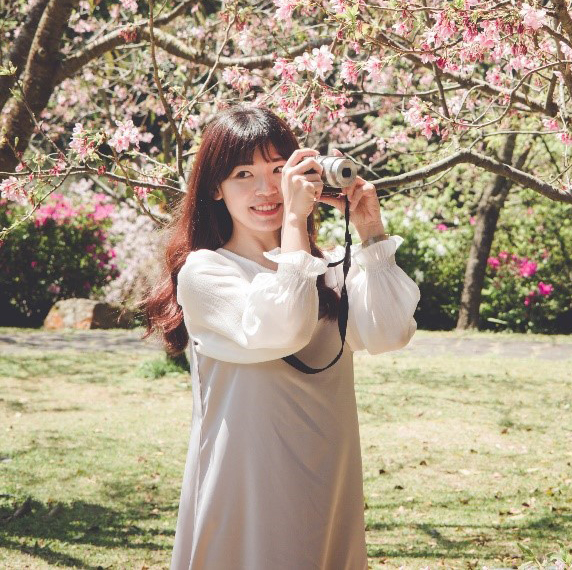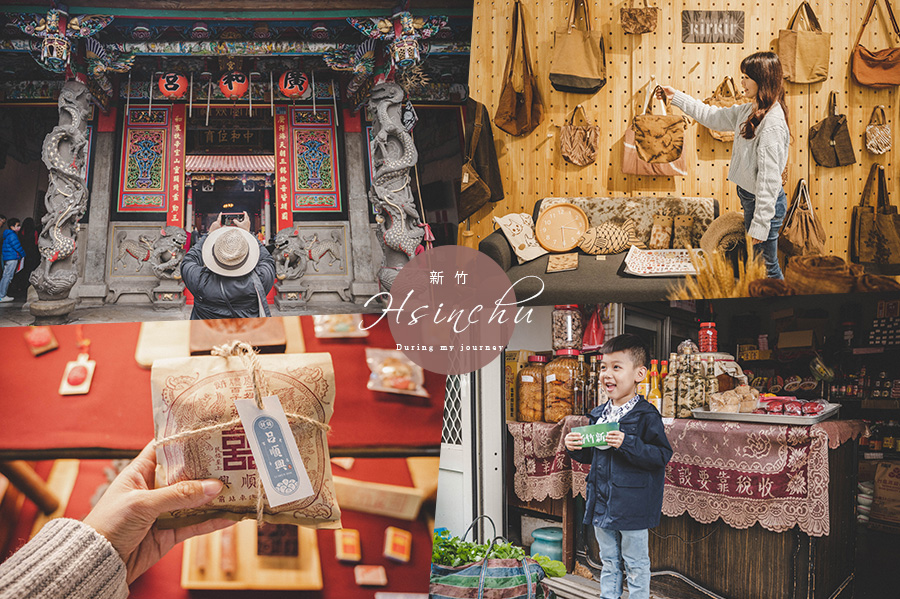
Religious observance is a traditional custom in which many people engage from childhood to adulthood. However, as a child one never really understands its meaning other than praying for peace. It is only later in life that we come to appreciate worship as providing much needed spiritual sustenance. In addition to praying to the gods for things one desires, it also soothes the heart and mind and helps people understand the customs and sentiment of a place.
On this occasion, we are visiting Xinpu, a Hakka town with a strong human touch, where one can travel through time and space along 3 streets, 6 lanes and 9 ancestral halls in a place that is essentially a museum without walls. Inside a century-old handicraft paper shop, we learn that paper paste is used not only for worship but also precious works of art, while shops on Xinpu old street teach us about the religious supplies and at the last stop -- a persimmon dyeing workshop – we see the fruit used as watercolor paint. Dyeing a pencil case with cute patterns creates the best souvenir of the trip.
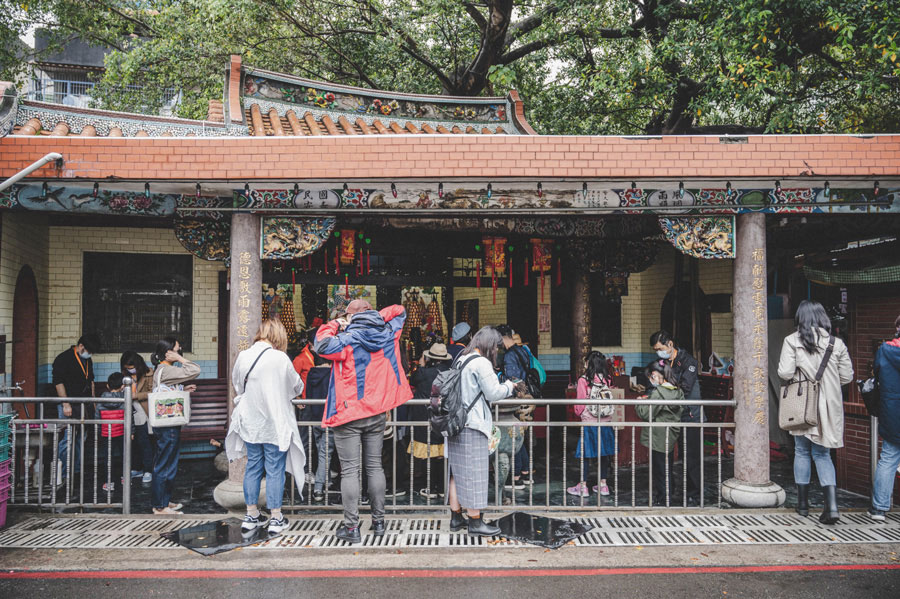
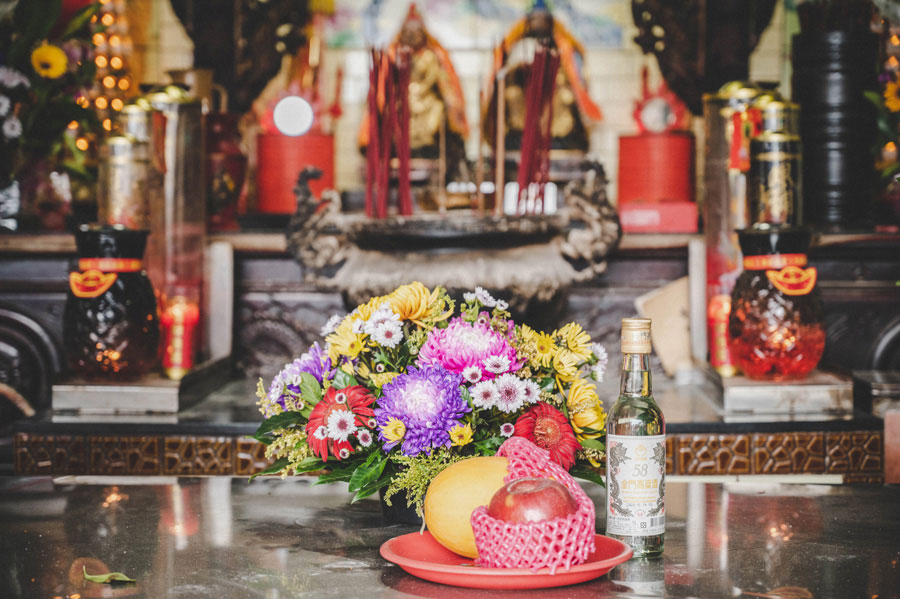
When talking about Xinpu, one always thinks of plump golden persimmons sunbathing in the bright sun. These are turned into persimmon cake, dried persimmons, and can also be used to dye cloth the color of the earth. This is the most representative scenery of Xinpu.
Xinpu, Hsinchu, was formerly known as "Baliguo." It was once a hunting ground for the Taokas of the Pingpu tribes. After a small number of Hakka people settled here, the wasteland was developed into farmland and called "Xinpu" which also means "newly claimed land." With the cultivation and hard work of the Hakka, it gradually became a distribution center for three major economic crops: sugar, tea and camphor and was as prosperous as Zhuqian City.
Bo Gong is the Hakka name for the Land God and represents the elder brother of one’s grandfather, making him almost a family member. Our trip started with a visit to a Bo Gong Temple.
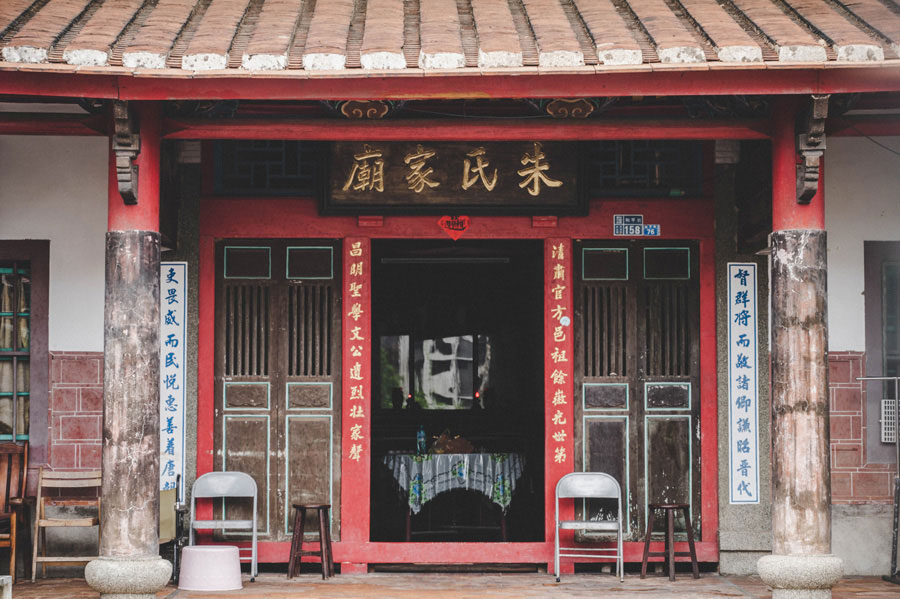
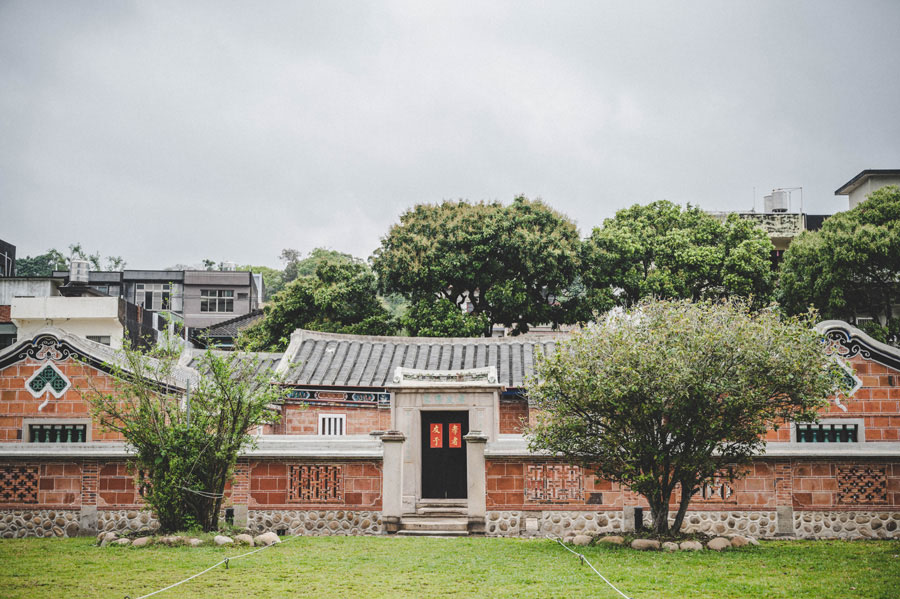
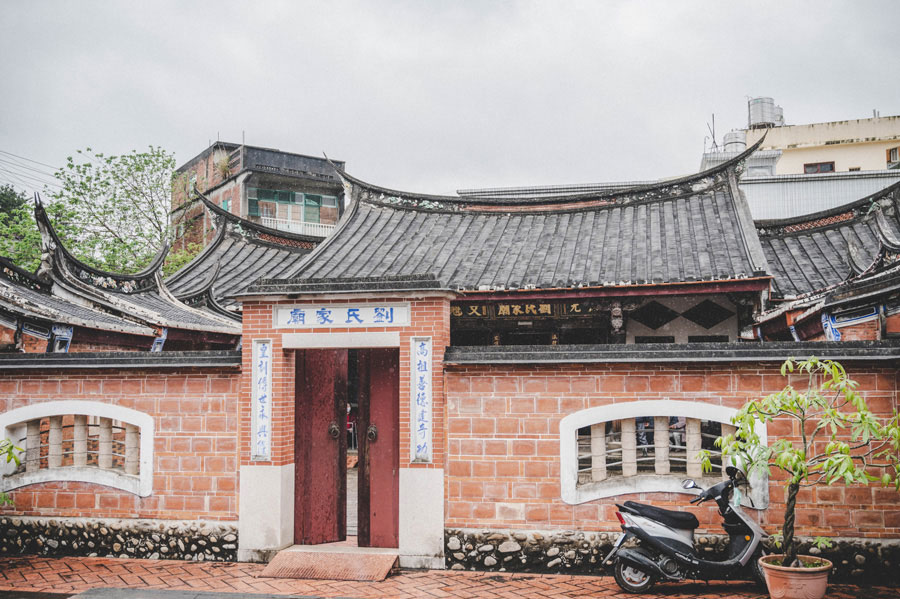
Xinpu has the highest density of Hakka ancestral halls and temples in Taiwan. Its "3 streets, 6 lanes and 9 ancestral halls" are one of the main attractions that travelers come to see. They walk through the streets and alleys to explore this museum without walls, where monuments can be seen everywhere.
On Heping Street, visitors can see Zhu Family Temple, Liu Family Temple, and Pan Family House. In particular, Pan Family House has a huge green courtyard, elegant and simple red brick walls, and is imbued with old-time leisure and tranquility. It is difficult to ignore and because the Pan Family House is located in a crab hole according to the principles of geomancy, it was built in the shape of a crab shell, wide on the left and short at the front and back, symbolizing the endless vitality of a crab hole.
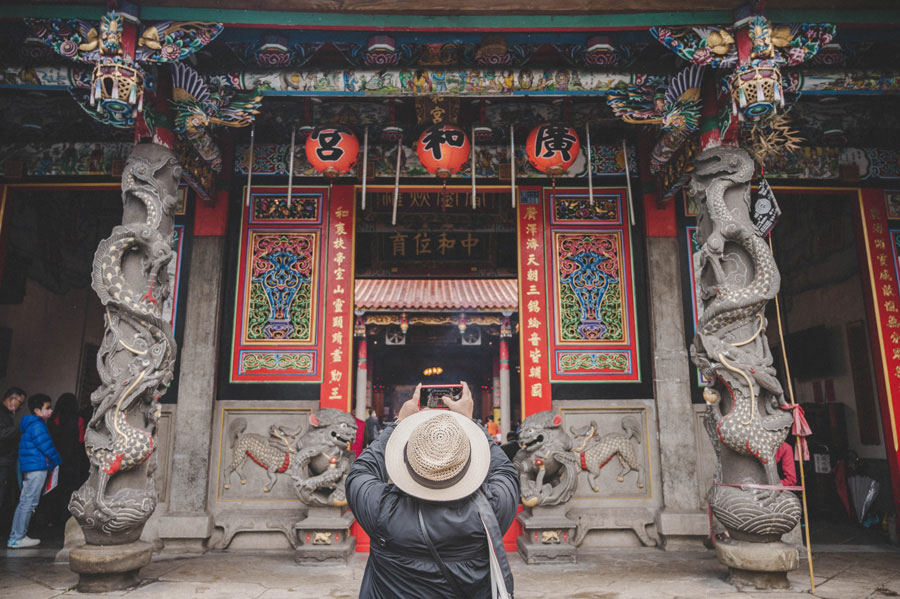
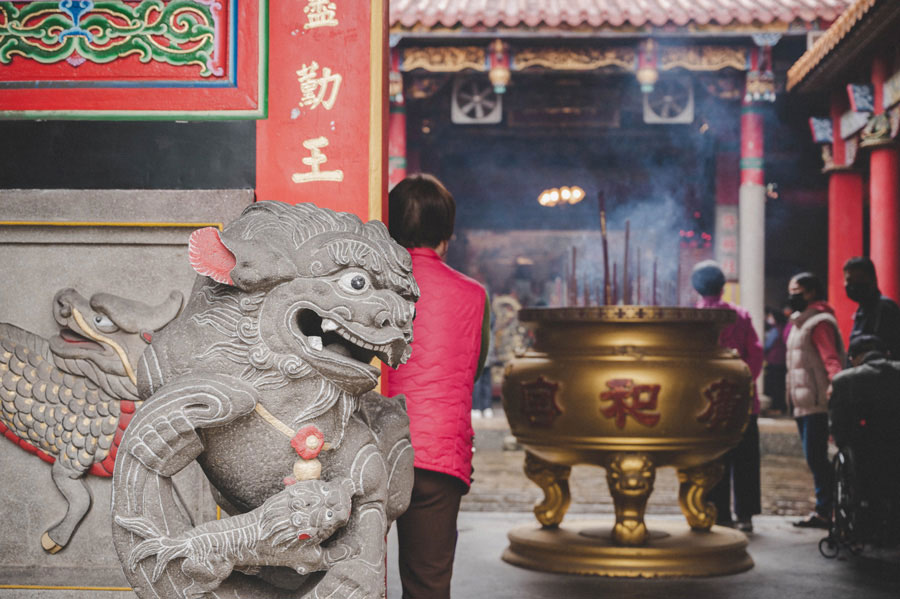
Guanghe Temple, also known as the Wangye Temple, mainly worships "San Shan Guo Wang," a spiritual deity of the Hakka people. Xinpu was a new reclamation area discovered by the Pingpu and Taokas people 100 years ago. The temple was built to pray for smooth development given the harsh and challenging environment. In the past, almost all important administrative or civic activities in Xinpu were held at the temple. Its most distinctive features include a range of contrasting decorations, from the hanging tube above the gate to the phoenix carved wood bracket, the lion seat under the main beam and the flowers from the main hall hanging tube, each showcasing the competing skills of sculptors in the past.
- Address: No. 608, Zhongzheng Road, Xinpu Town, Hsinchu County
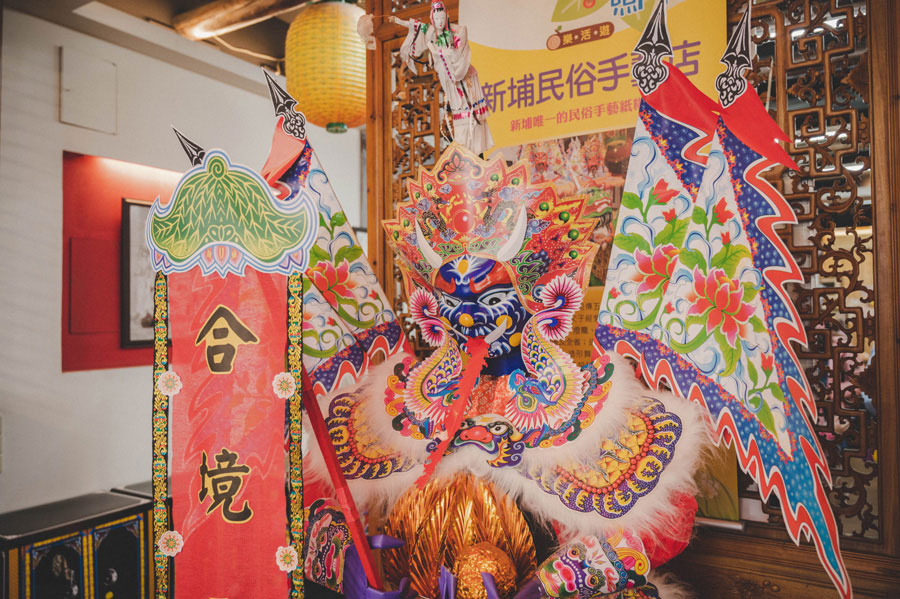
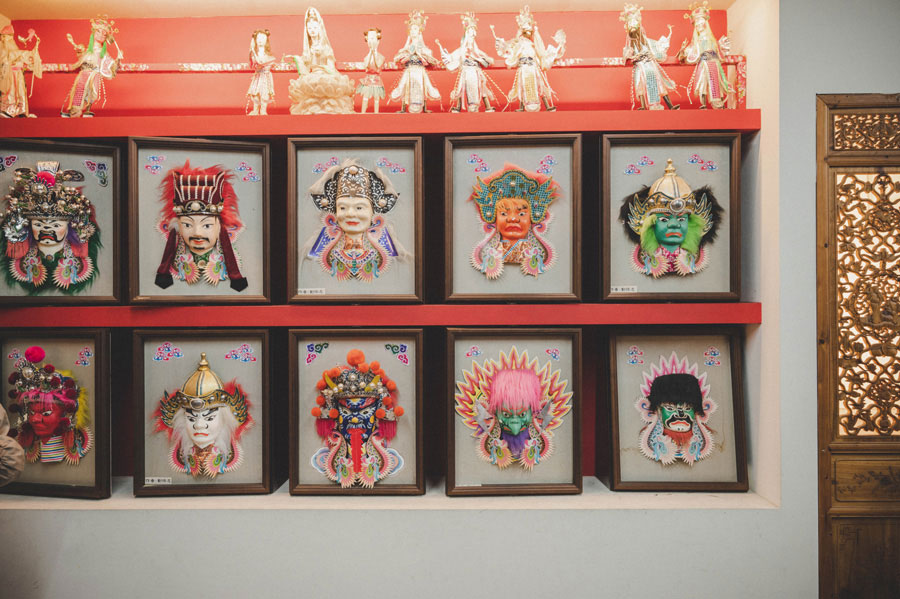
Xinpu folk craft shop is 100 years old and in the past mainly focused on temple fair activities, altar tower construction and paper offerings, lanterns, large lanterns and outdoor lighting decorations. However, in recent years, works from the shop has begun to incorporate artistic designs, which can be seen in art festivals around the world. As soon as you enter the premises there is a human-sized Dashiye as exquisite as any art work. There are also many masks of gods, with an introduction for each deity on the back.
- Address: No. 640, Zhongzheng Road, Xinpu Town, Hsinchu County
- Business hours: Monday to Saturday 8:00 – 17:00 (closed on Sunday)
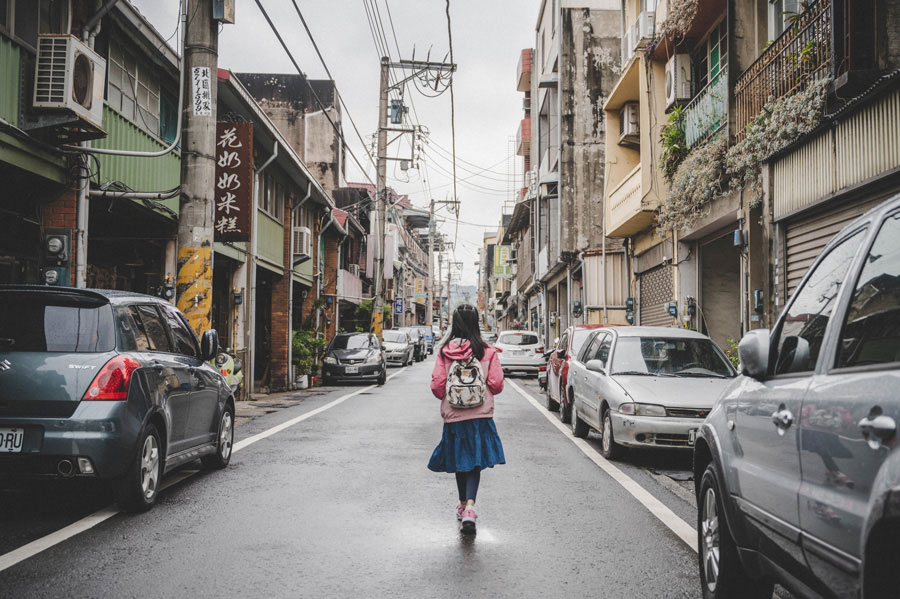
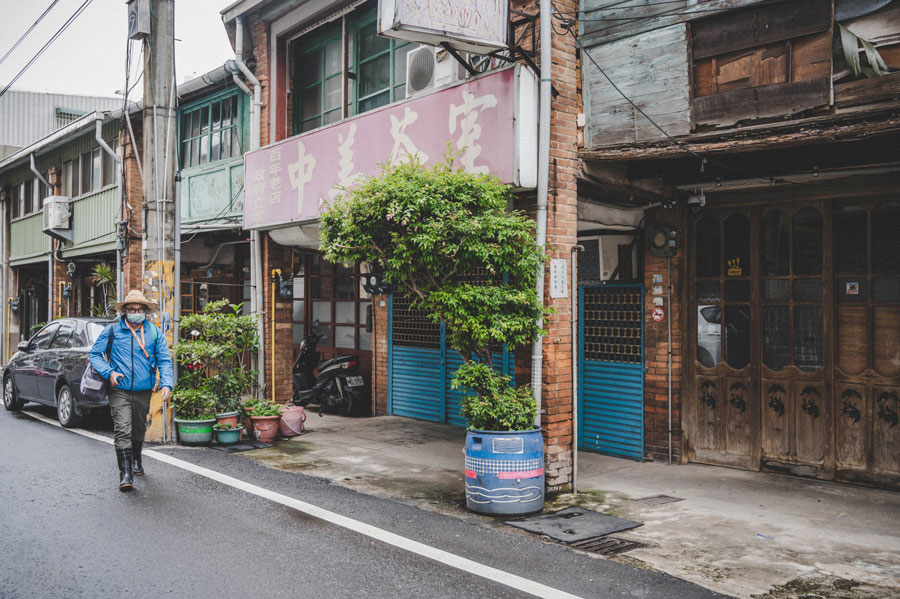
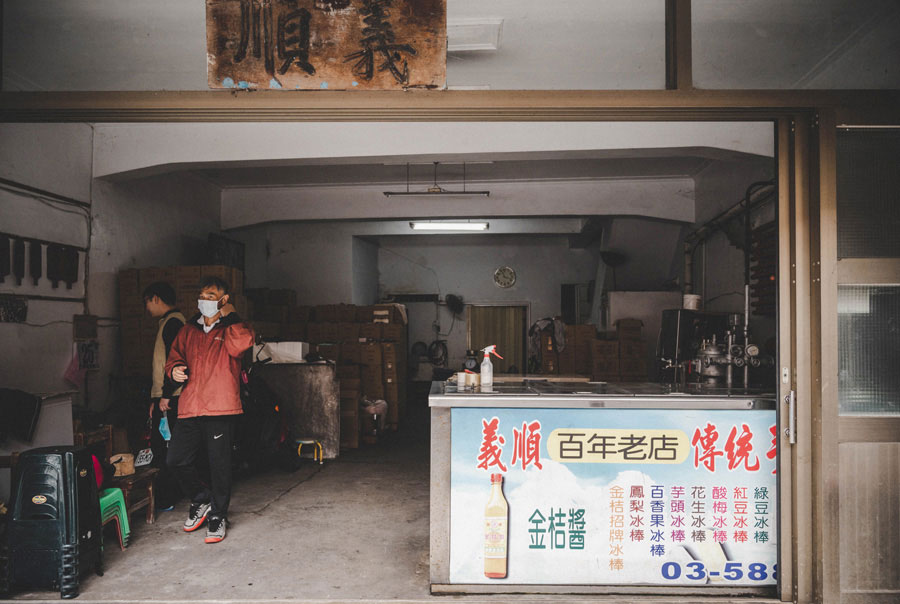
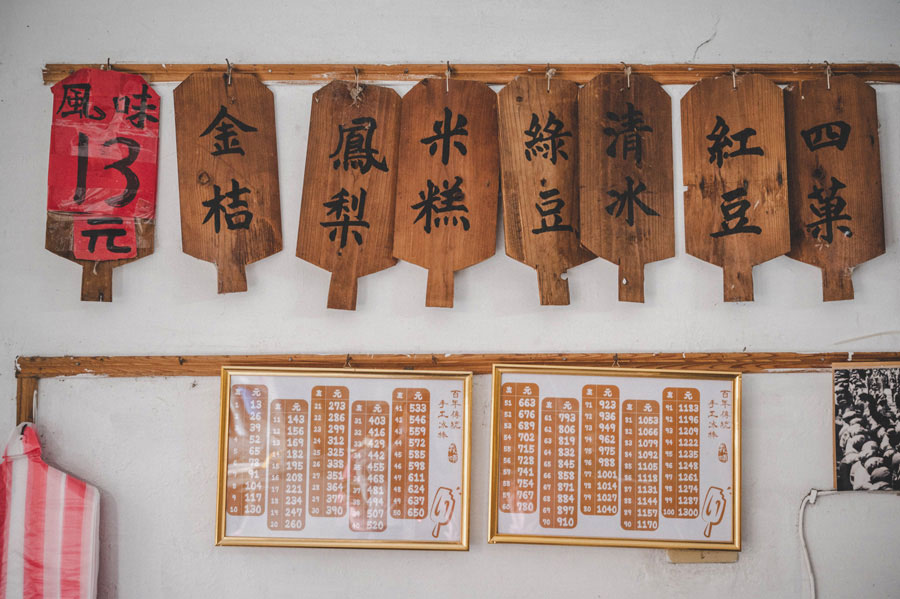
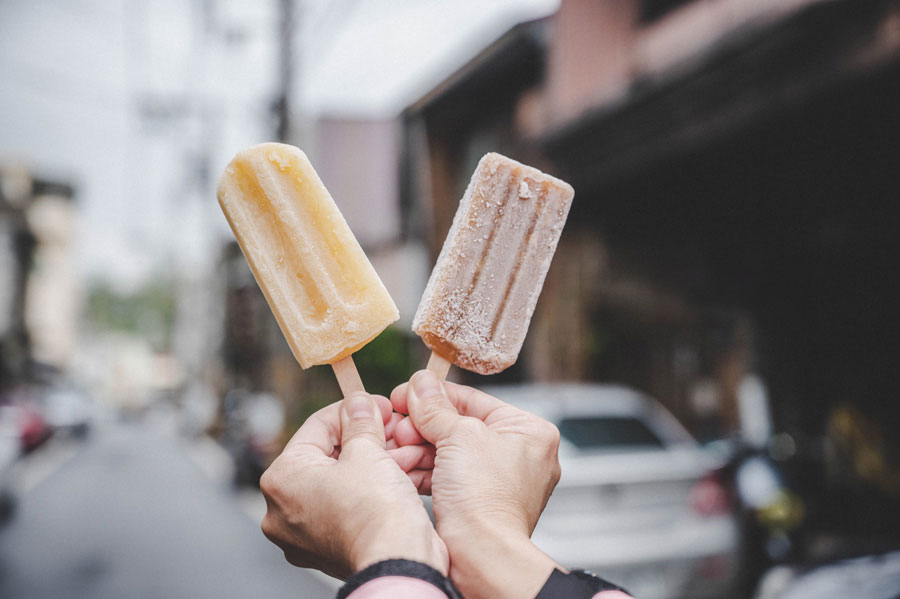
Walking in the quiet lanes of Xinpu, the seemingly ordinary residential area is home to many traditional old shops that have been here seemingly forever, such as flat rice noodle shops, old tofu shops, blacksmith shops, teahouses etc. Yishun Ice Shop is the only remaining traditional handmade ice cream shop in Xinpu. It was founded during the period of Japanese rule and is more than a century old. It insists on using real materials and making the popsicles by hand. They taste creamy and delicate and even rarer cost only NT$13
I ate kumquats and rice cakes that day. The kumquats tasted like the past, sweet, sour and refreshing; the rice cakes were like wine-flavored longan sweet rice cakes and were exquisite.
- Address: No. 99, Chenggong Street, Xinpu Town, Hsinchu County
- Business hours: Monday to Sunday 10:00 – 17:00 (not necessarily, sometimes it ends at 16:00)
- TEL:+866-3-588-2143
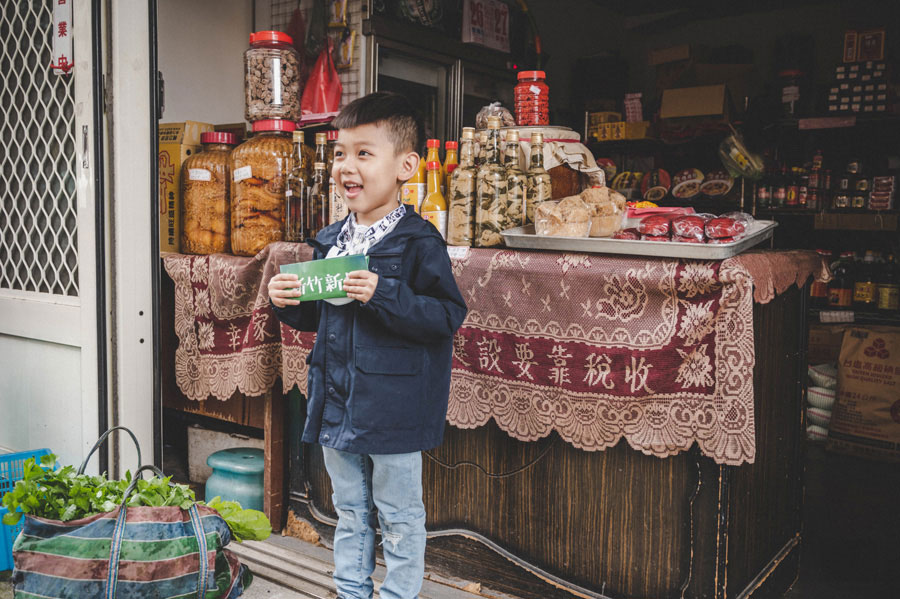
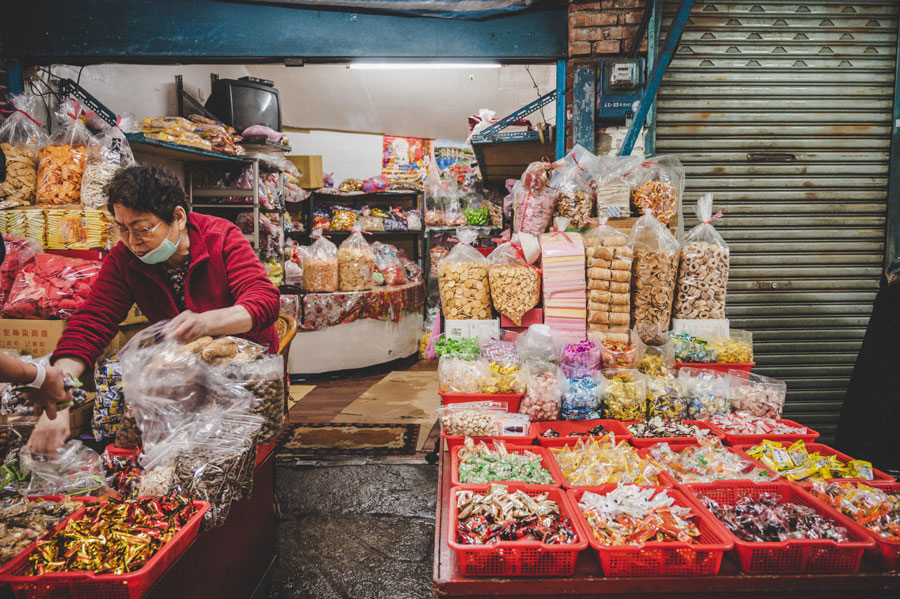
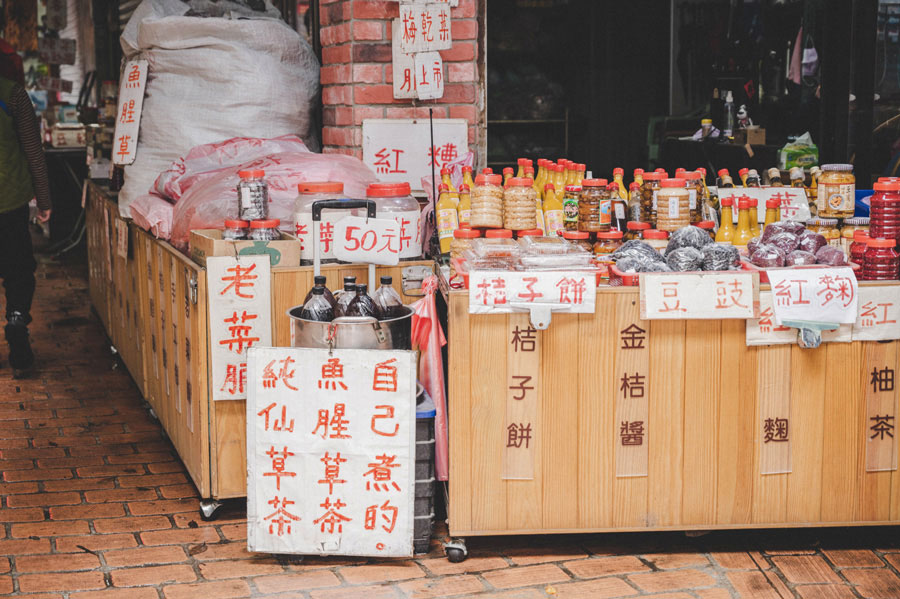

Wandering around Xinpu Old Street, there are always sweet surprises, and visitors invariably want to stay longer. Pickled sauerkraut, dried kumquat cakes, kumquat jam, mesona tea etc., many of which are well known traditional Hakka foods and snacks.
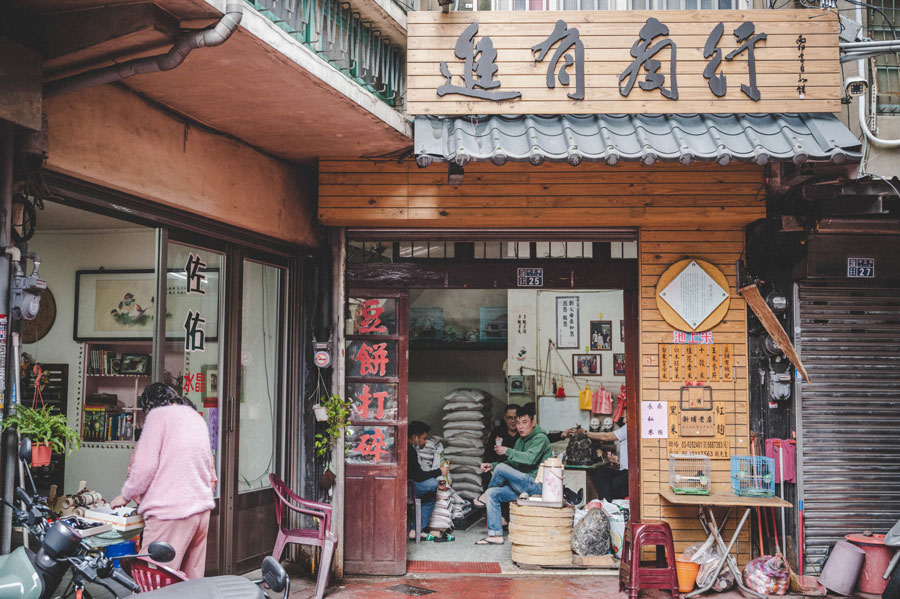
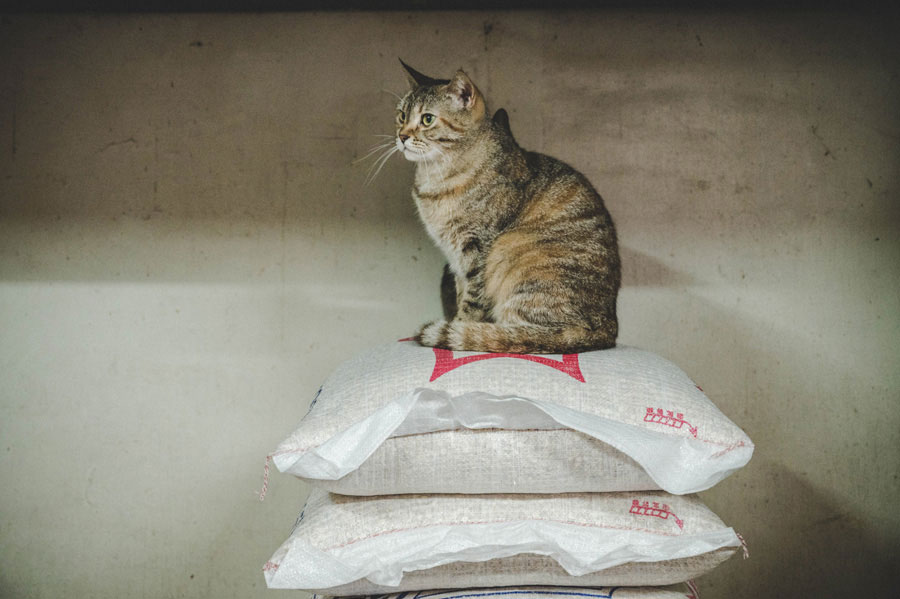

Jinyou Trading Company is an animal feed store founded in the 1950s. In the past, every household raising chickens, ducks and other poultry bought their feed here. Bean cake is a cake-shaped feed pressed from bean dregs. The final bean cake weighs 22 kilograms and is cut into the size required by customers using a crusher. However, since the number of people raising poultry has gradually decreased, some businesses have switched to selling various rice products.
- Address: No. 25, Lane 311, Zhongzheng Road, Xinpu Town, Hsinchu County
- Business hours: Monday to Sunday 7:00 – 17:00
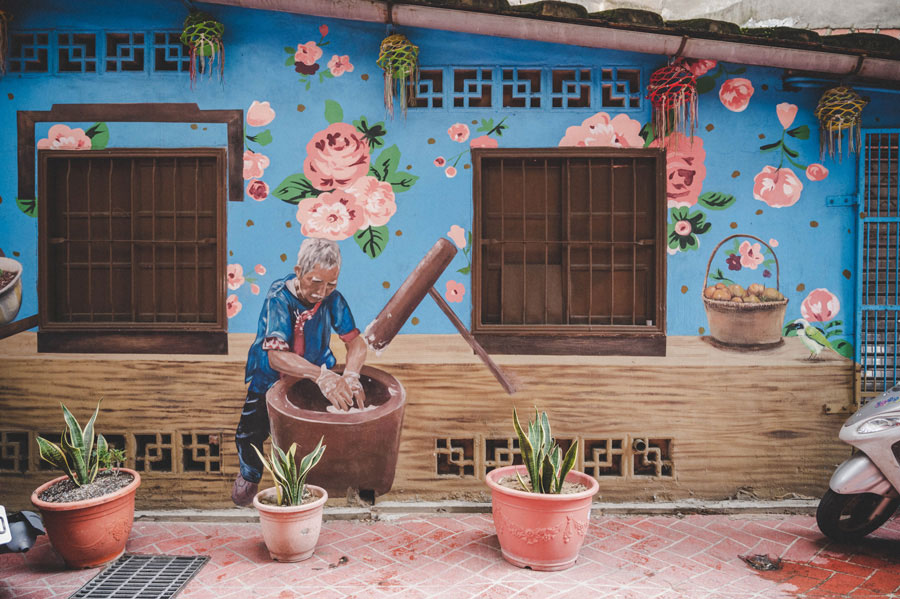
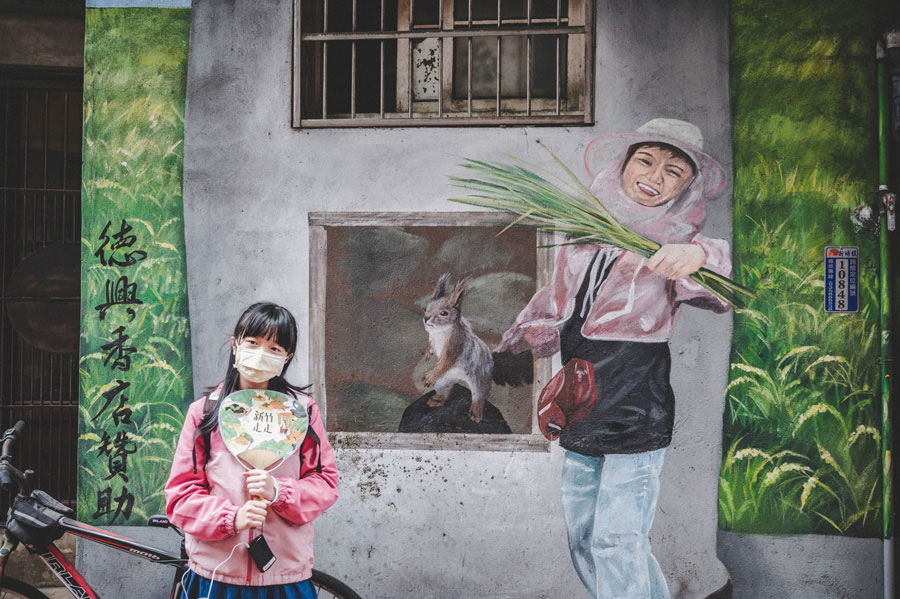
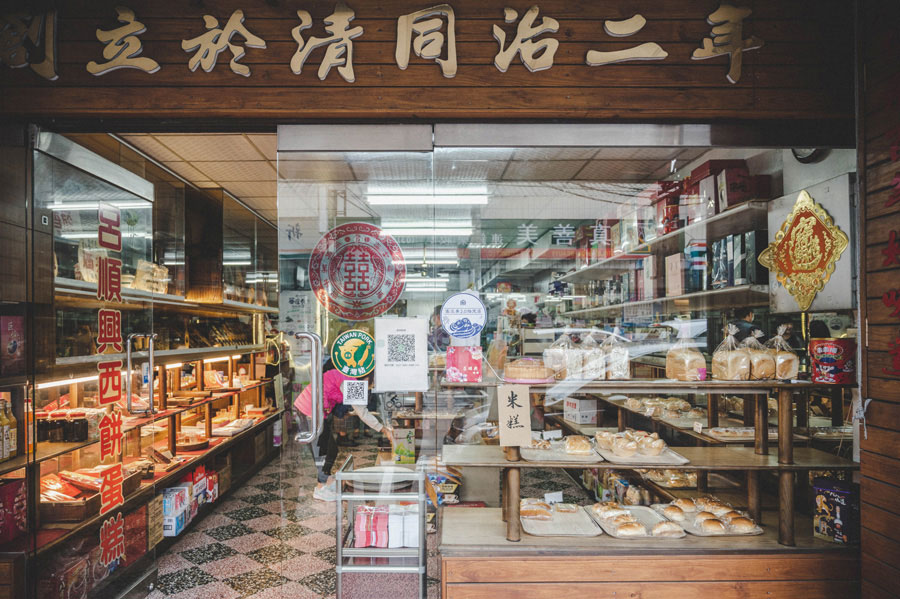
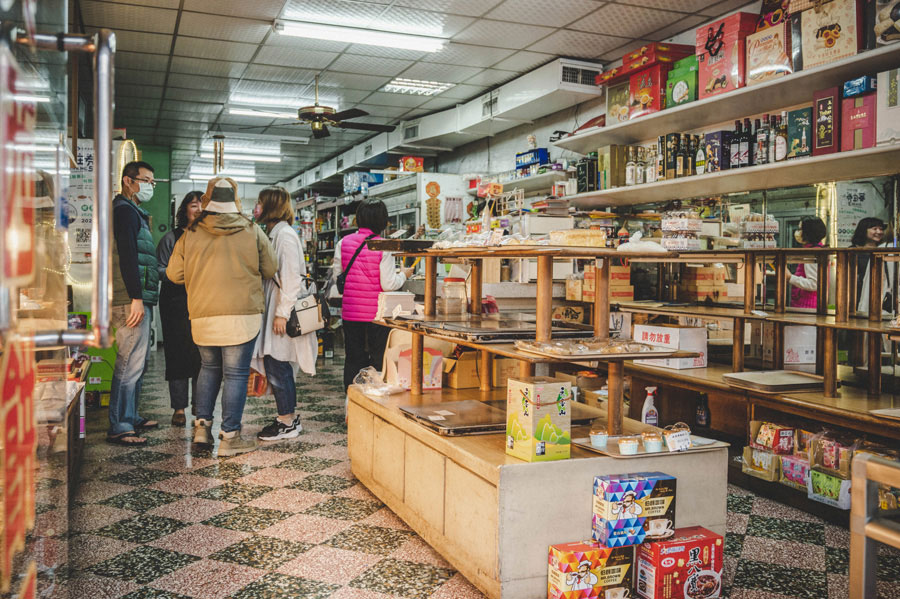

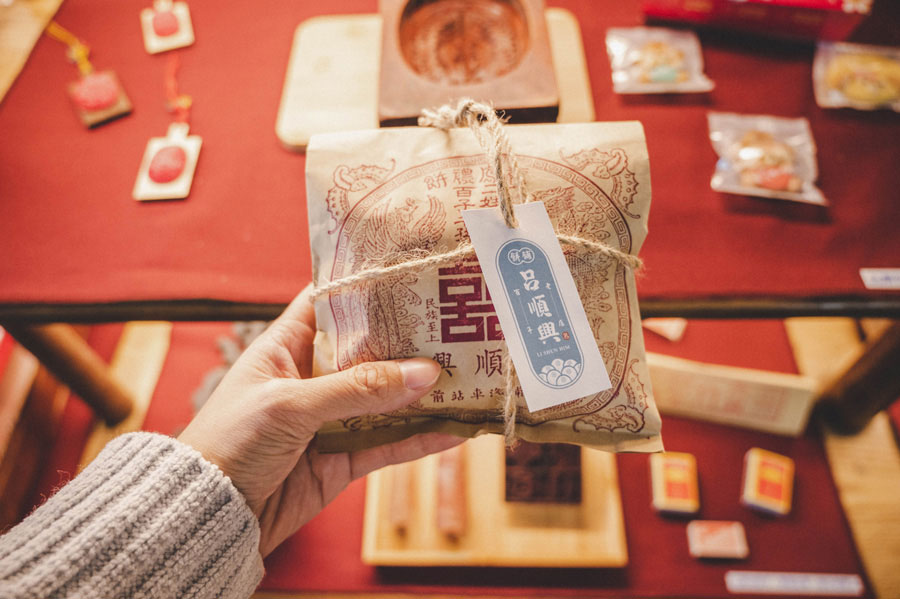

The door of Lushunxing Western Bakery has a plaque with a large inscription written in the second year of the reign of Qing Emperor Tongzhi (1863) with a history of more than 100 years. Visitors to the bakery find familiar old-style pastries, such as egg yolk cakes, Chinese flatbread, sweet potato cakes, rice cakes, etc. The store even has a collection of cake prints from the Japanese era, as well as early Taiwanese wedding attire, betrothal gifts, dowry robes, and carrying poles. The Lushunxing name is also printed on the handles. The shop can even pass as a museum.
- Address: No. 312, Zhongzheng Road, Xinpu Town, Hsinchu County
- Opening hours: Monday to Sunday 6:30 – 22:30
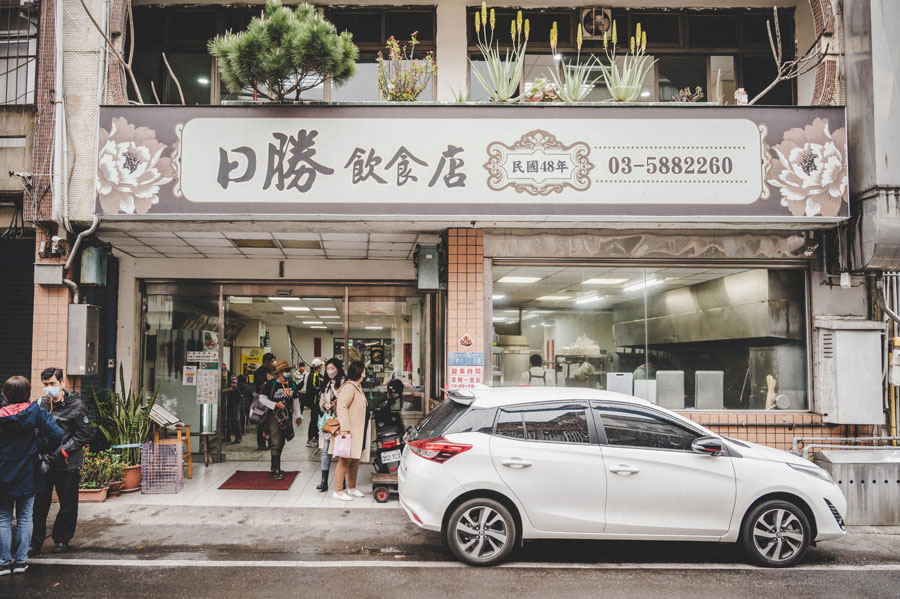
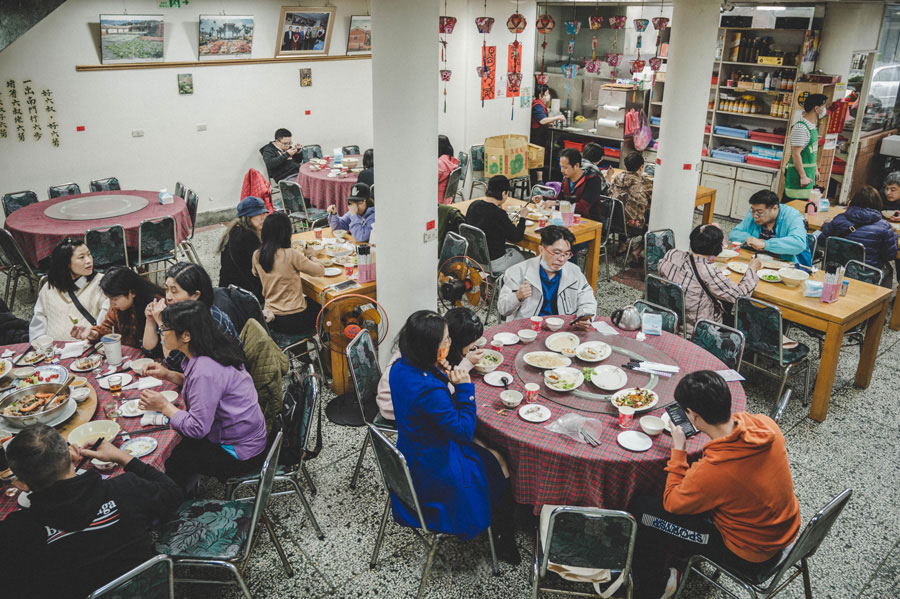
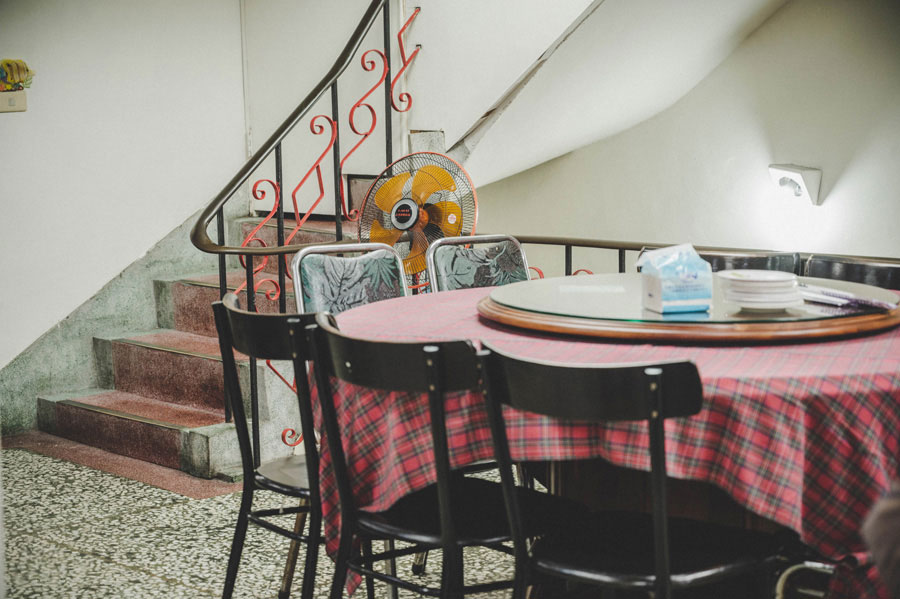
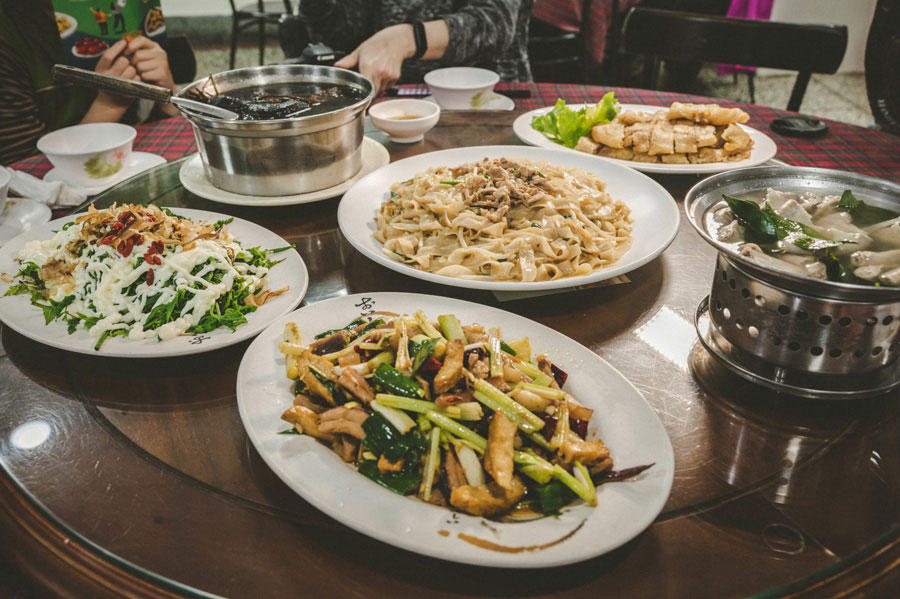

Ri Sheng Restaurant is a very famous restaurant in Xinpu. It is more than a century old and sells traditional Hakka cuisine that is so delicious that former President Chiang Ching-kuo visited three times. We visited at noon on a weekday and the first floor was almost full, in stark contrast to the tranquility of the street.
We ordered Risheng’s signature stir-fried flat rice noodles, Risheng sausage, wild mountain fern, Hakka stir-fry, salt and pepper pork leg, mesona chicken soup, kumquat leaf pork intestine soup etc. Pork legs are usually oily and greasy but the salt and pepper pork leg sold here was something I had not experienced before. In addition to the aroma of salt and pepper, the fat was very soft, delicate and not greasy. I also learned that mesona tea can be used to make chicken soup, which surprised me. I drank the soup and it was sweet and refreshing, quite special and also quite rare.
- Address: No. 66, Heping Street, Xinpu Town, Hsinchu County
- Business hours: Monday to Friday 10:00 – 14:30 / Weekends 10:00 – 20:00 (Closed on Tuesday)
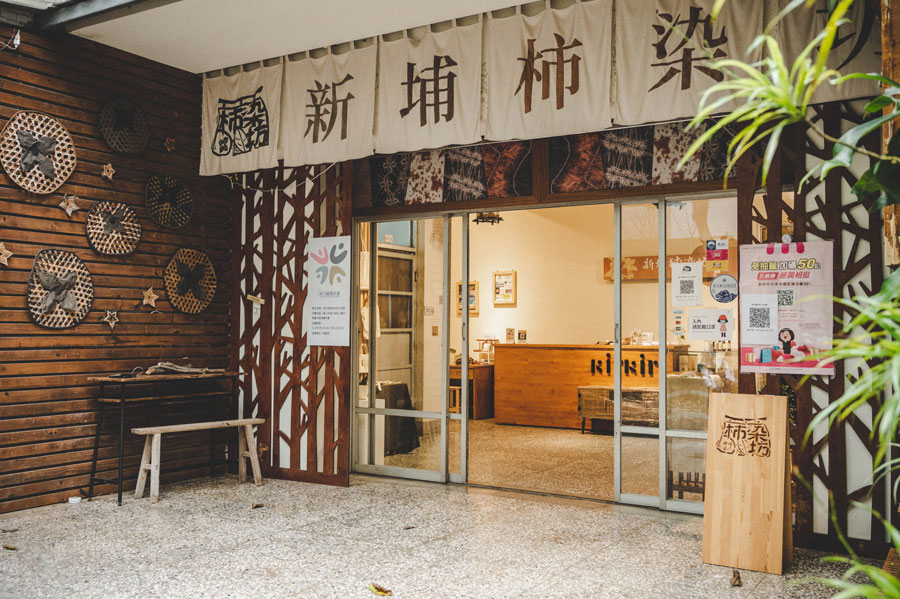
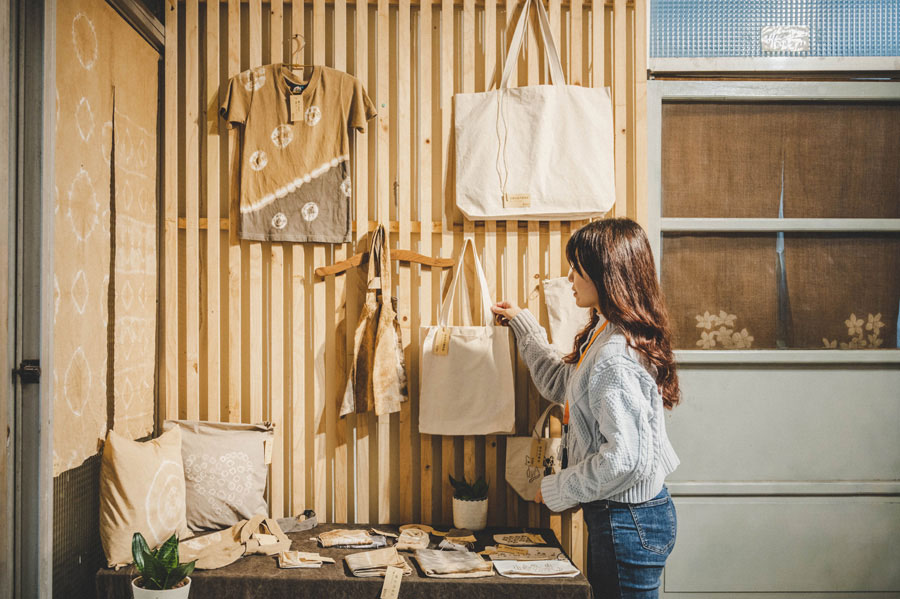
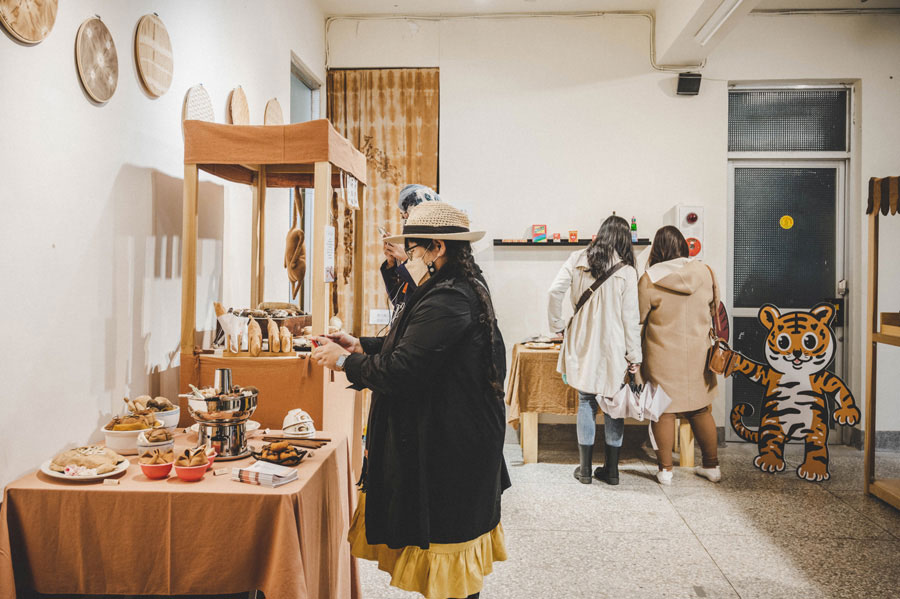

Xinpu Persimmon Dyeing Workshop was established by local women and persimmon cake operators. It displays and sells many persimmon-dyed handicraft works including clothes, handbags, bags etc., and even persimmon-dyed fabric. The delicacies are full of creativity. On this occasion we are going to use persimmon dyeing to make a unique souvenir to take home.
Whenever persimmon were in season, many seniors sat on chairs and peeled them to earn extra money. One day, someone accidentally discovered palm marks stained with persimmon juice on the wall. That inspired the idea of persimmon dyeing, and the discarded persimmon skins were refined into dye, which is the simple origin of the persimmon-dyed art we see today. It is also a classic example of turning garbage into gold.
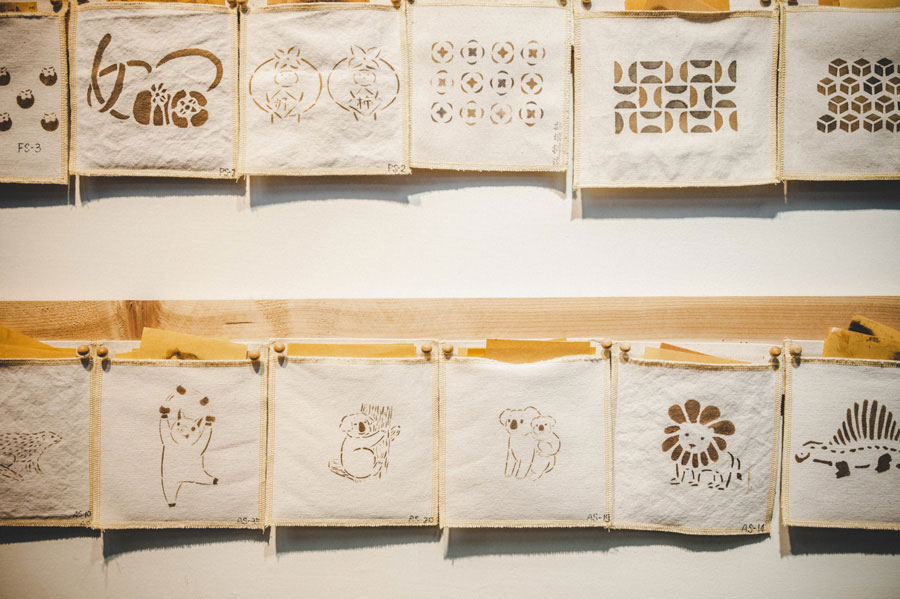
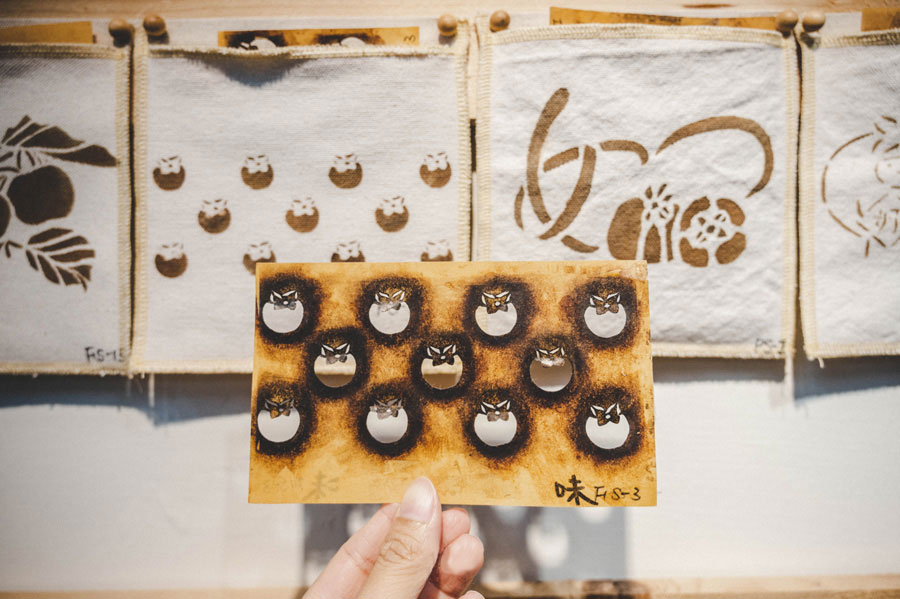
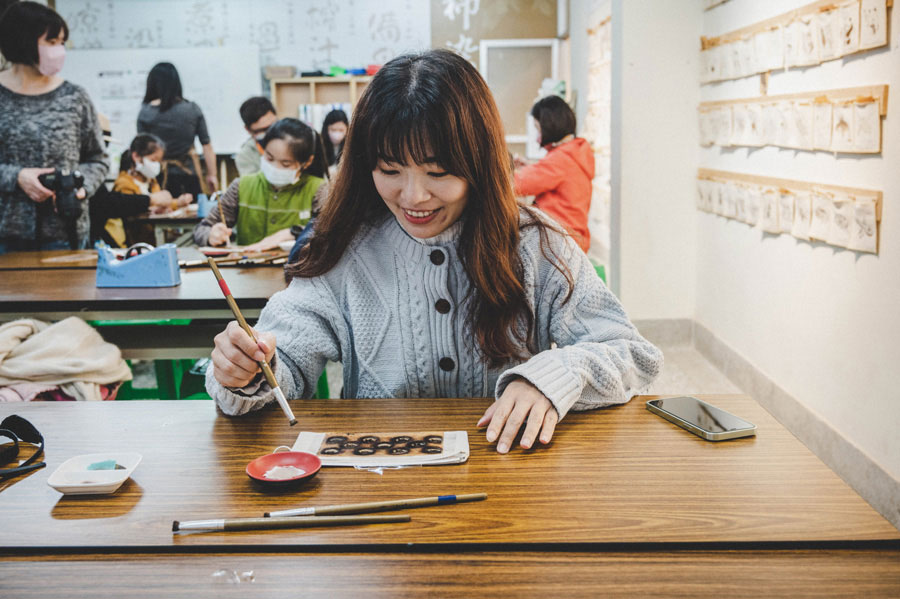

I first selected a pattern template I liked from the wall. There were many cute animals and patterns but I chose persimmons arranged side by side to match the theme of the time. I put the template on a plain pencil case with tape and carefully painted the persimmons on it. Finally apply the color-fixing agent ferric acetate and it’s done. When you open the sample, you feel like you're waiting for lottery numbers to be drawn and when you see the result, you feel completely healed.
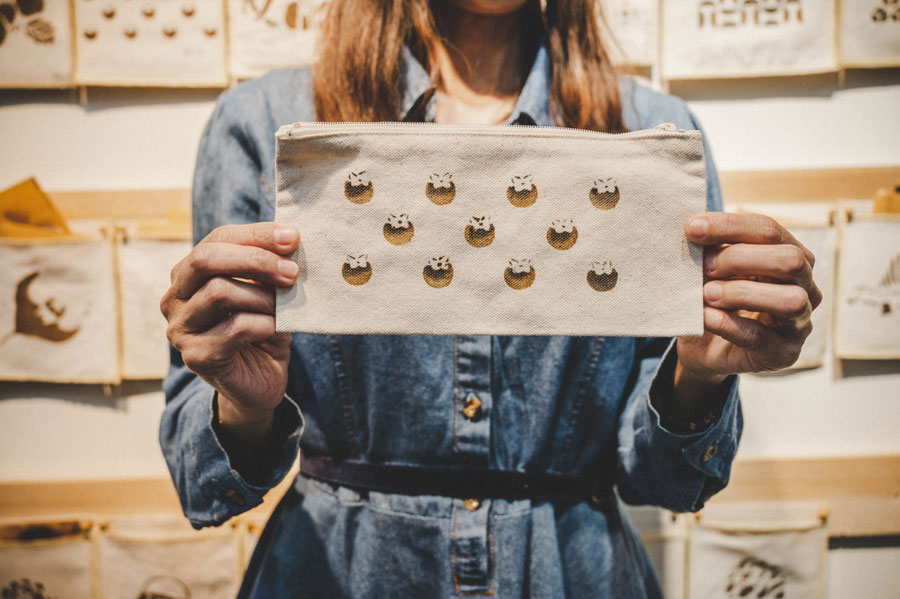
This persimmon dyeing experience is not only simple, but also healing. It is the best souvenir of the trip.
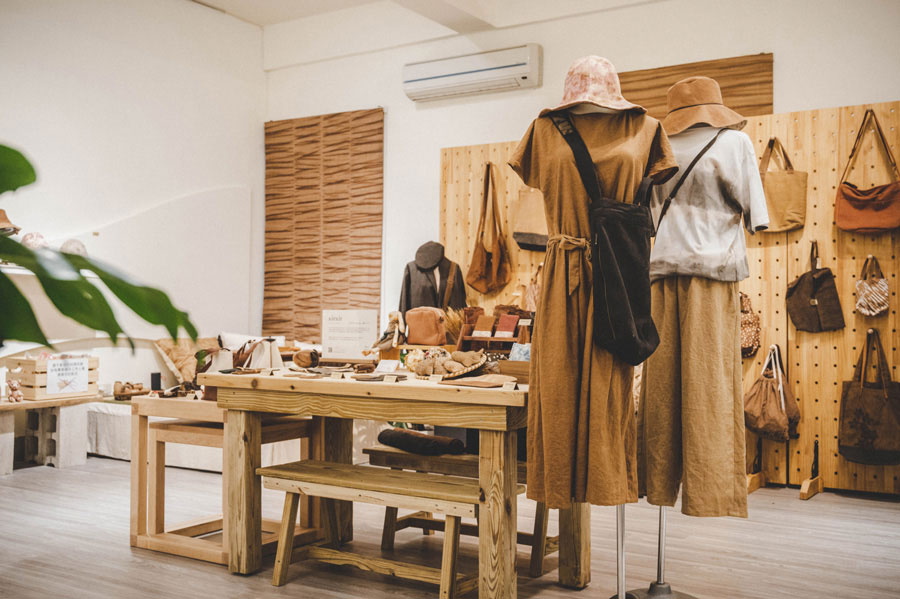
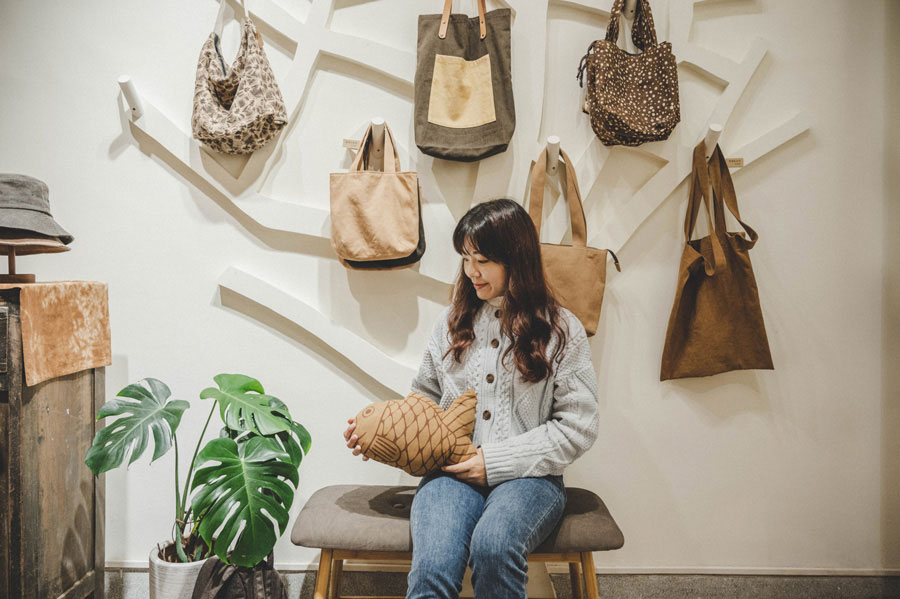
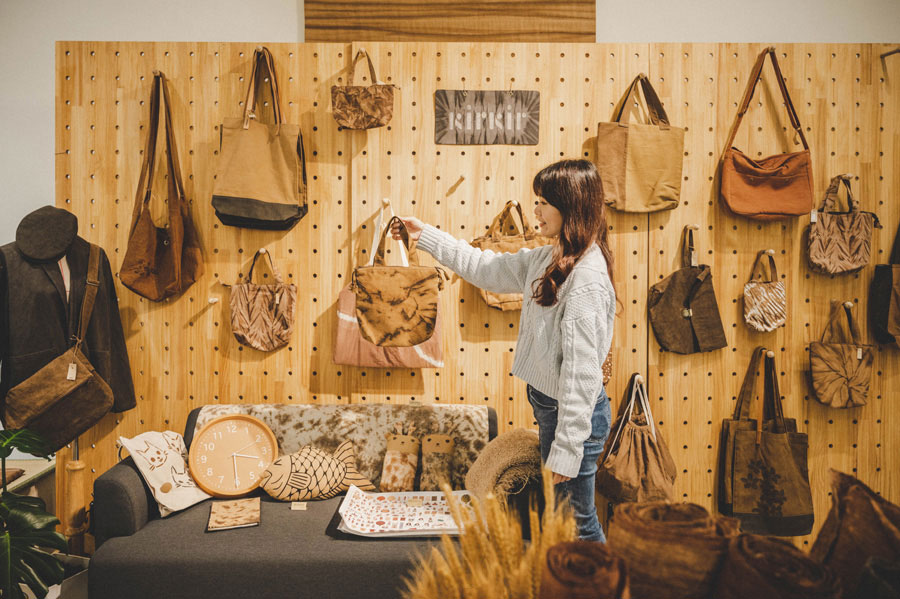
At the end of the day, we went to the first floor to check out the persimmon dyeing handcraft products. The space was very artistically decorated, just like the cultural and creative spaces in Huashan. Everything was exquisite. In addition to picking out products you like, don’t forget to take a few photos before leaving.
